We first heard of Belle while touring Stonewall Jackson’s Headquarters in Winchester, Va., so we took the opportunity while in Front Royal, Va., to visit the Belle Boyd Cottage. It’s a small museum, but free to visit, and the story of Belle Boyd is an interesting one, to be sure.
Maria Isabella “Belle” Boyd was born in what is now West Virginia in 1844, and had a relatively normal upbringing.
But in 1861, when she was just 17, Union soldiers came to investigate a rumor that she had Confederate flags in her room. A disagreement broke out, the end result of which was Belle shooting and killing one of the men!
She was exonerated of the murder, but officers were assigned to keep close track of her activities.

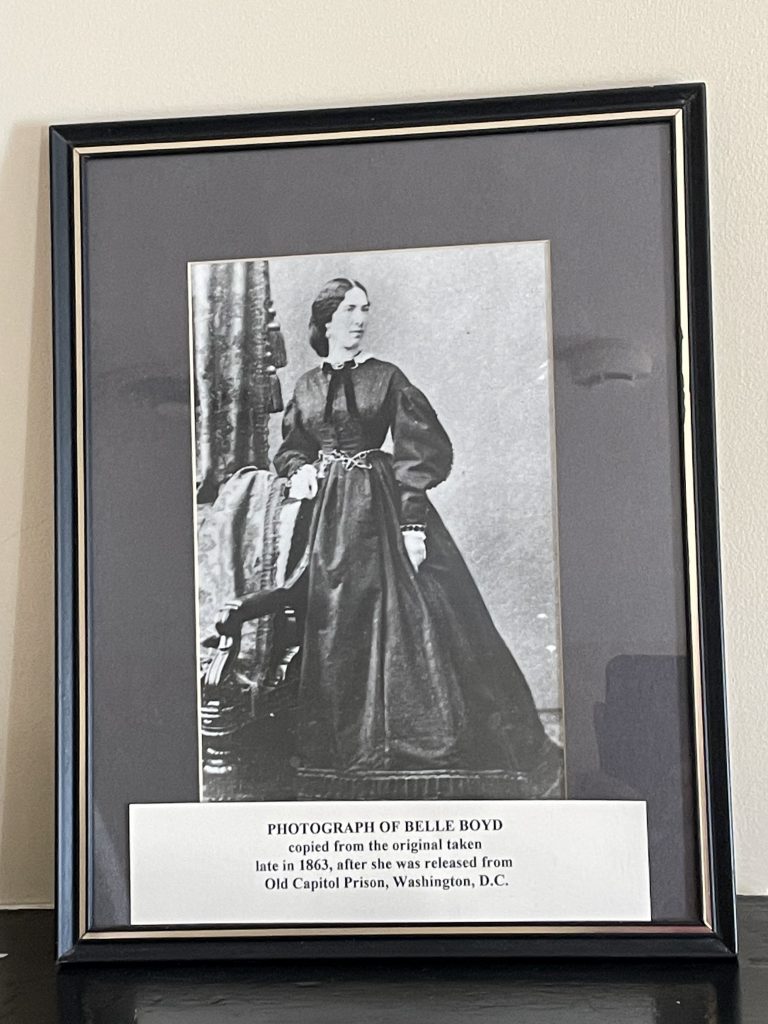
Belle was a practiced and proficient flirt, and from one of those soldiers she received “some very remarkable effusions, some withered flowers, and a great deal of important information,” per the memoir she wrote later in life.
She conveyed this “important information” to Confederate soldiers, and thus began her career as a celebrated Confederate spy.
In 1862, Union soldiers had gathered in the parlor of the hotel in Front Royal that her uncle managed. She eavesdropped on their conversations, learning valuable information about their plans.
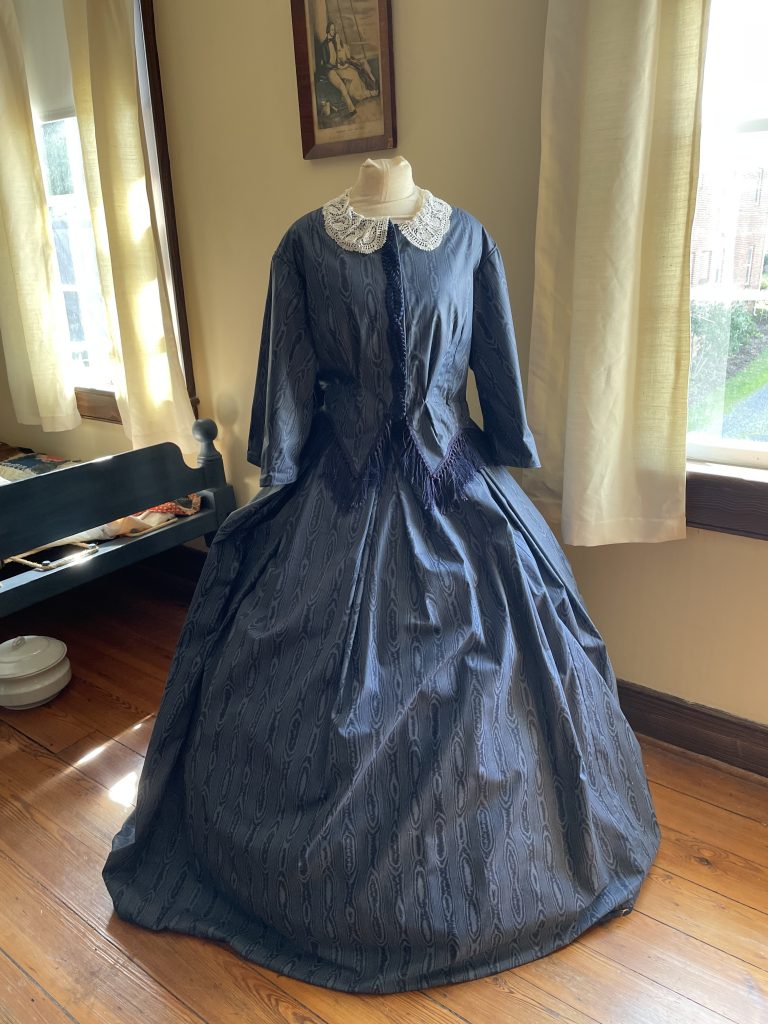
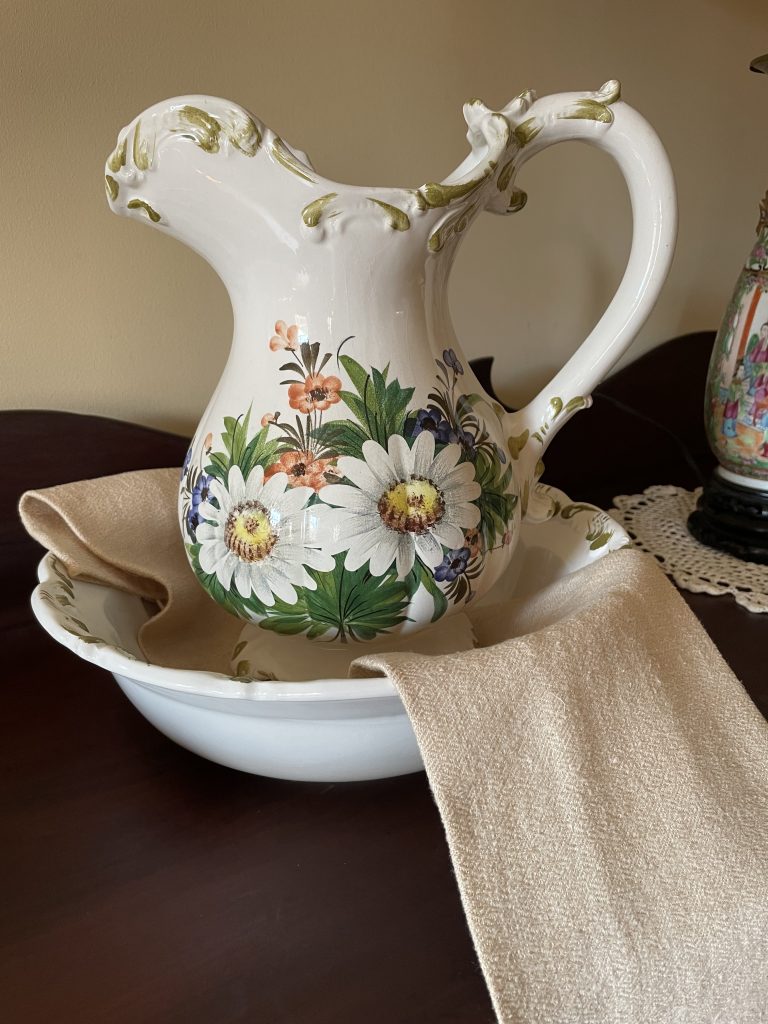
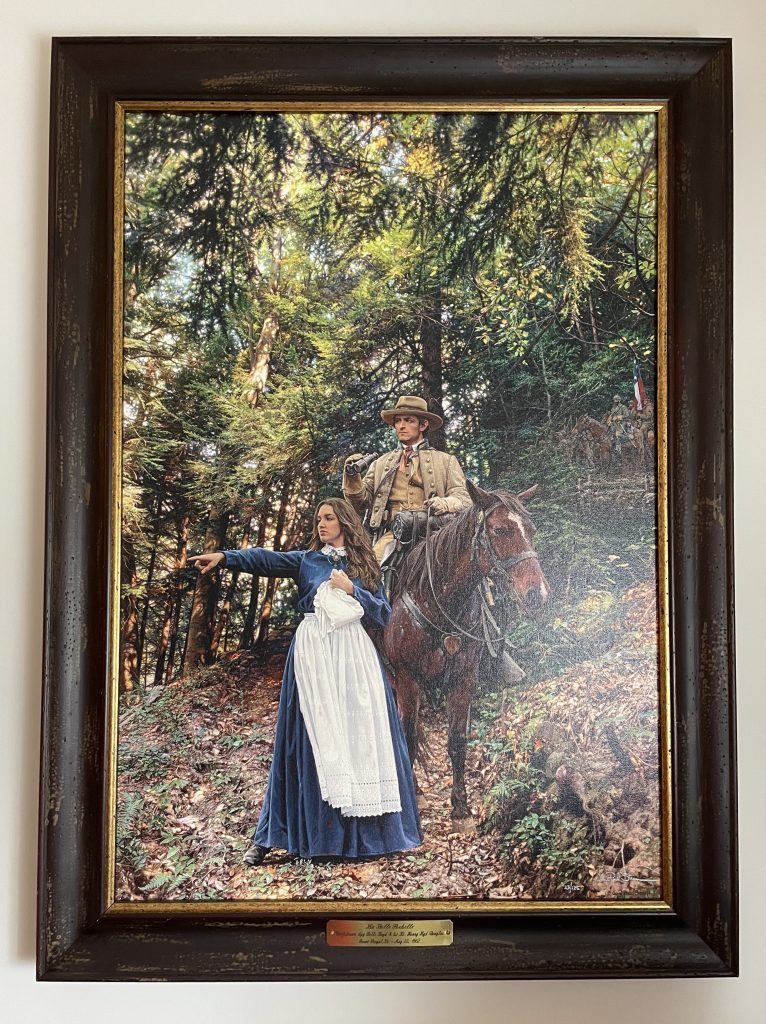
Using false papers, Belle rode through Union lines to deliver the information to the Confederates, which they used successfully in the Battle of Front Royal on May 23, 1862.
After the victory, Stonewall Jackson sent her a note of gratitude: “I thank you, for myself and for the army, for the immense service that you have rendered your country today.”
She was awarded the Southern Cross of Honor for her efforts.
Interesting Civil War fact: during the Battle of Front Royal the 1st Maryland Confederate Infantry fought against the 1st Maryland Union Infantry, meaning that troops from within the same state fought against each other on different sides of the war.
In 1863, Secretary of War Edwin Stanton said of Boyd, “Don’t let her get near enough to talk. She’ll charm the heart out of his body.” This was per a display in the museum, I couldn’t find any confirmation of it, though; it’s amusing, nonetheless.
Boyd was arrested and imprisoned multiple times, but by 1864 she was ready for a new career. She relocated to England, married, had a daughter, became an actress, became a widow, and returned to the United States by 1867. She also squeezed in writing her memoir during that time, including sending a letter to President Lincoln offering to suppress its publication in exchange for the release of her husband, who was being held captive (and subsequently died of illness related to his captivity).
Once returned to the U.S. she married, had four more children, divorced, and remarried over the next two decades. Eventually she began touring the country, giving dramatic performances and lectures about her life as a spy in the Civil War. Her “memoir” is highly fictionalized, according to Wikipedia.
She died at age 56 from a heart attack while performing in Wisconsin.
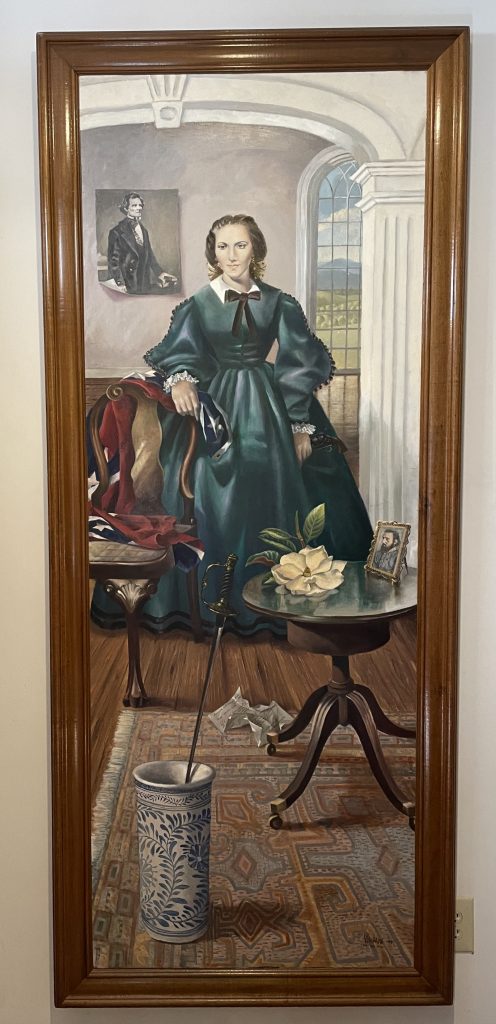
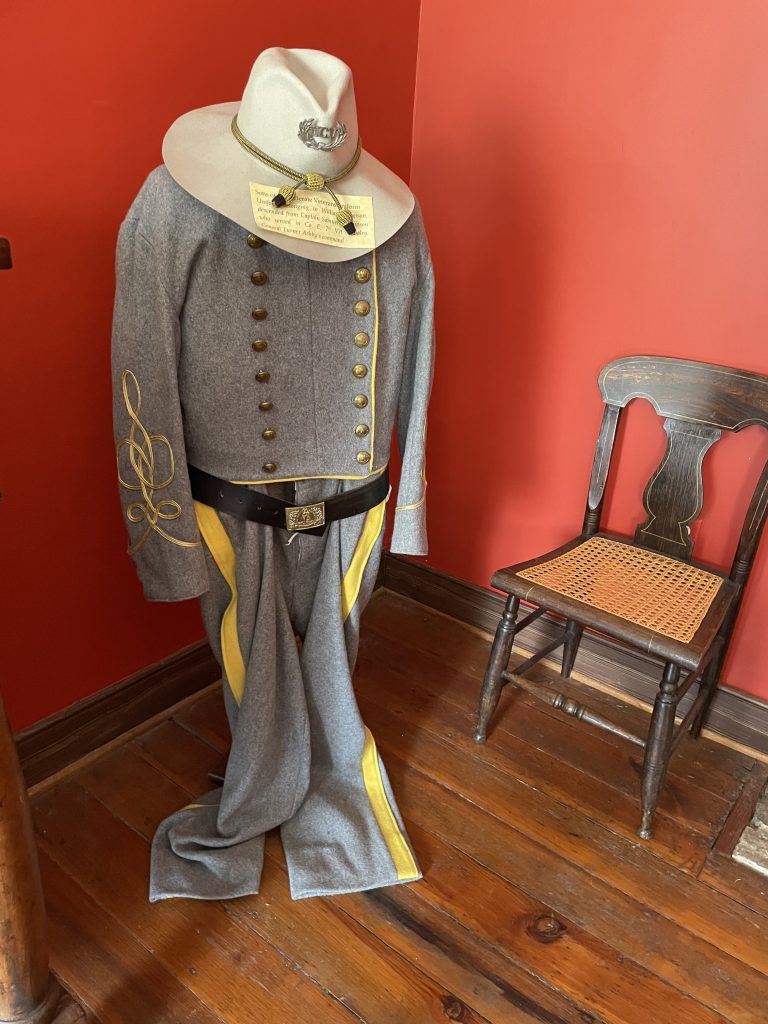
Wikipedia lists her occupation only as “Confederate Spy.” But under “Other Names” they have a fun list: Cleopatra of the Secession, Siren of the Shenandoah, La Belle Rebelle, Rebel Joan of Arc, Confederate Mata Hari.
The “Cottage,” built around 1815, was a building near the above-mentioned hotel managed by her uncle. Over time it housed the family and more exclusive guests, including Franklin Pierce when he was campaigning for President (another presidential connection for Doug!).
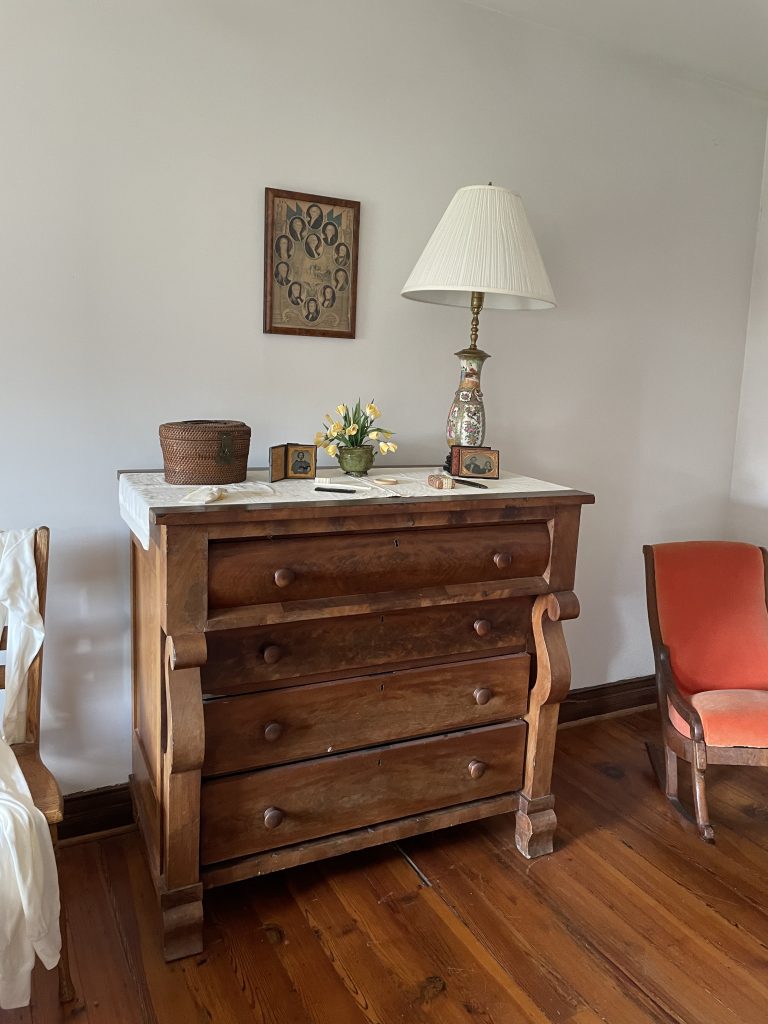
The cottage has been relocated to its current spot and is rather sparsely refurnished. Though the furniture is not original, it is all of the Civil War era. We were given a 20-minute private tour and were on our way to more adventures.




